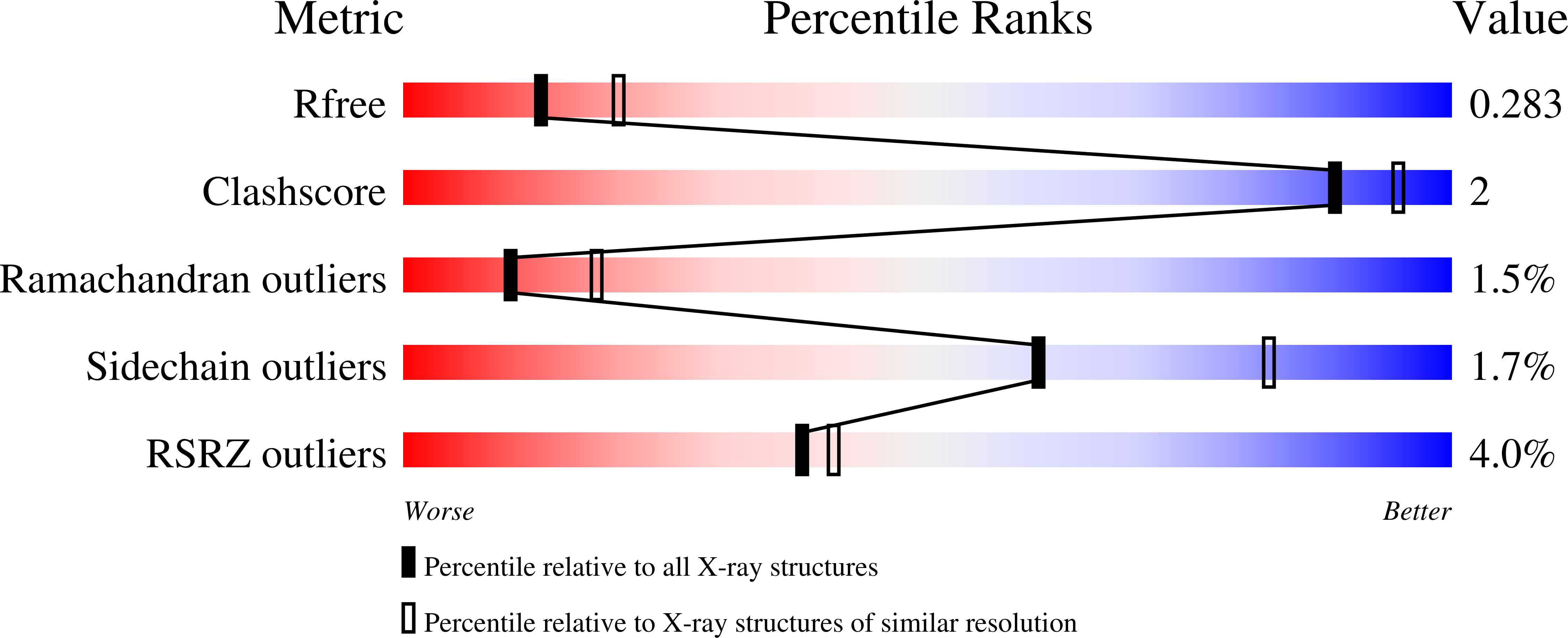
Deposition Date
2022-10-05
Release Date
2024-07-03
Last Version Date
2024-10-30
Entry Detail
PDB ID:
8EPC
Keywords:
Title:
Crystal structure of human coagulation factor IXa (S195A), apo-form
Biological Source:
Source Organism:
Homo sapiens (Taxon ID: 9606)
Host Organism:
Method Details:
Experimental Method:
Resolution:
2.51 Å
R-Value Free:
0.28
R-Value Work:
0.23
R-Value Observed:
0.23
Space Group:
P 31 2 1


